Affiliate links on Android Authority may earn us a commission. Learn more.
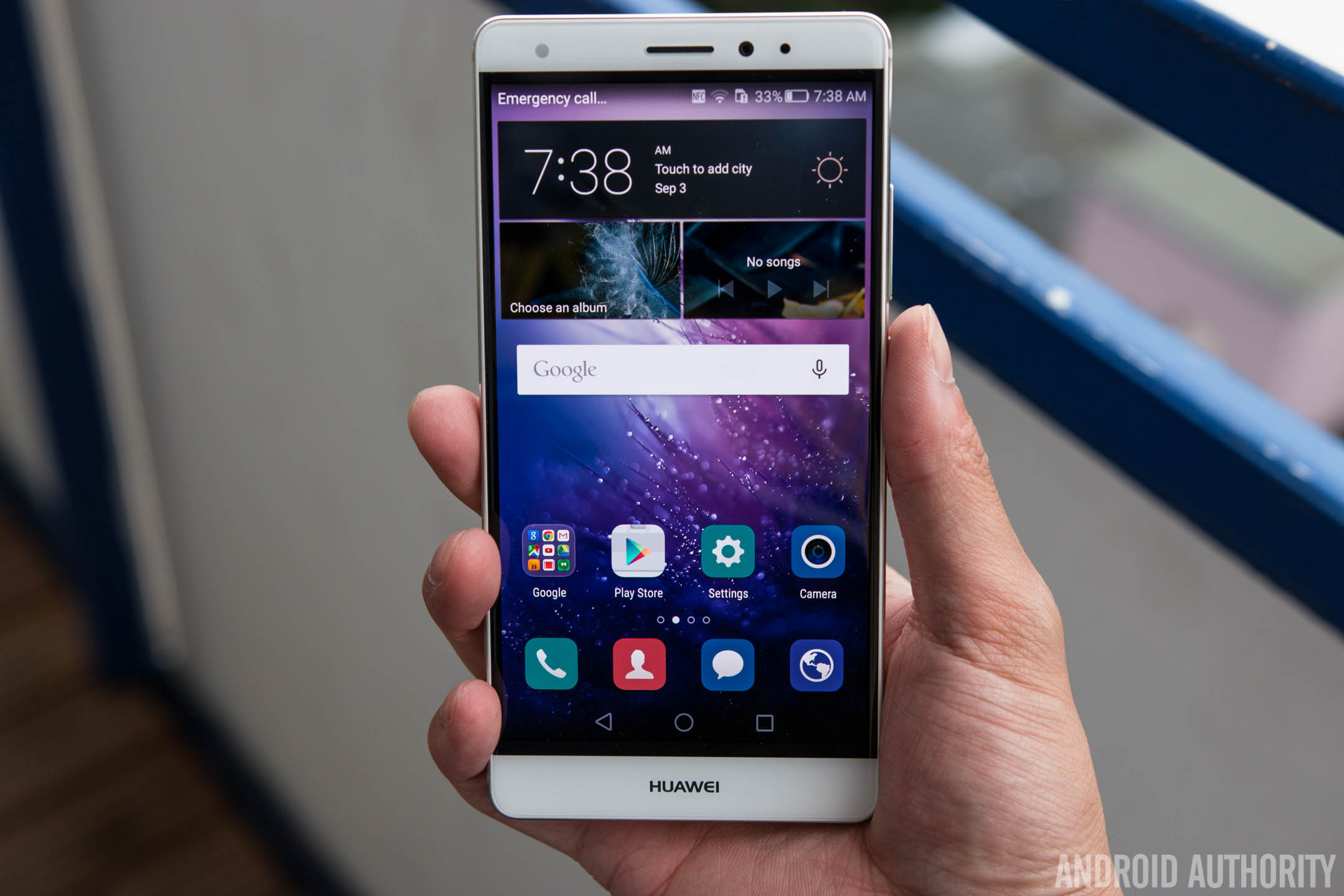
HUAWEI Mate S review
Published onSeptember 22, 2015
Huawei Mate S
What we like
What we don't like
Our scores
Huawei Mate S

The HUAWEI Mate S was officially unveiled at IFA in Berlin and from our unboxing and first look it is clear that HUAWEI’s latest handset builds on many of the foundations that made the Mate 7 such a great phone. And now in this in-depth review, we take a closer look at what that means for the HUAWEI Mate S!
Design
Looking around the device, the volume rocker and the power button are found on the right side of the device. All the buttons are very responsive, easy to press, and offer a good amount of tactile feedback. Although the phone comes with a double-tap Knuckle gesture to switch the phone on, this becomes redundant once you have the fingerprint reader configured, but we will talk more about that in a moment.
Up top is the headphone jack and a microphone, and at the bottom is the microUSB port, flanked by two grills, giving the appearance of a dual speaker setup, even though it is actually only a single speaker on the right side. Above the display is a speaker grill, along with an 8 MP front-facing camera with a flash. On the back is the 13MP camera sensor, coupled with a dual-tone LED flash, and the fingerprint reader.
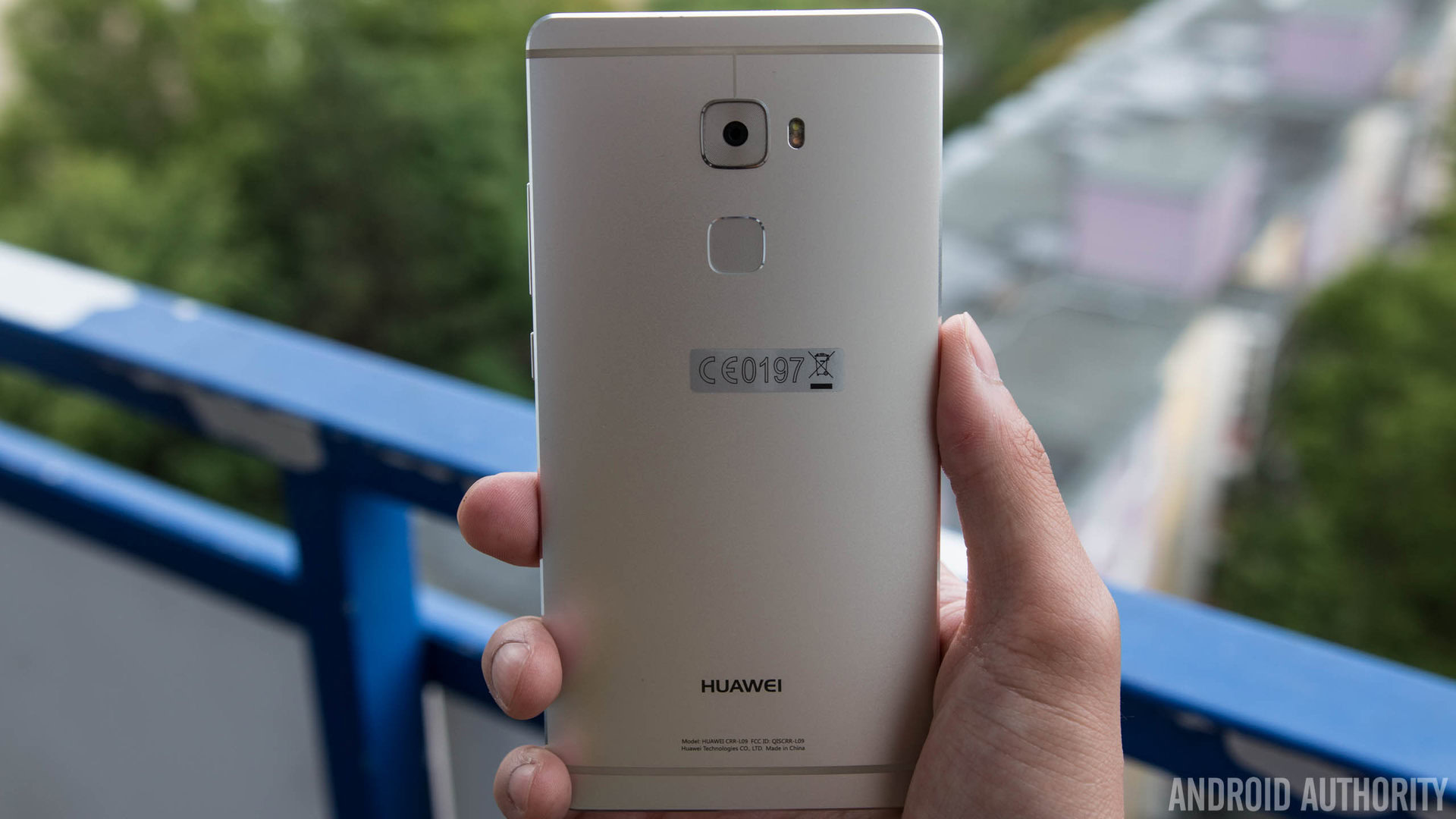
Display
Hauwei has also built-in a way to change the color temperature of the display. Personally, I think the default is spot-on, however if you want to make the colors colder or warmer then the option is available under Settings->Display.
While Quad HD is the buzzword at the moment, the Full HD resolution with this size is more than enough, and no one will have any complaints with regards to the viewing experience. The display adds to the overall great experience, and the AMOLED technology brings with it the deep blacks and vivid colors you’d expect.

Performance
Under the hood, the HUAWEI Mate S packs an octa-core HiSilicon Kirin 935 processor, with four Cortex-A53 processors clocked at 2.2GHz and four more clocked at 1.5GHz. This is backed by a Mali-T628 GPU and 3 GB of RAM. Performance is as smooth as you would expect from this HUAWEI-made processing package, and very rarely will there be any signs of stutter or lag. Moving through the various elements of the UI is smooth, and opening, closing, and switching between applications is also fast and snappy. The device also handles gaming pretty well, save for the most graphically-intensive games, where you might notice dropped frames.
According to my tests, the Mate S can run Epic Citadel at 35.6 frames per second in ultra high quality mode, and 56.7 fps in high quality mode. As for AnTuTu, the Mate S scored 51397.
Hardware
The Mate S comes with 32GB or 64GB of internal storage, and this can be expanded by another 128GB via microSD card. There is also a 128GB variant which includes a pressure-sensitive screen (i.e. Force Touch), however this model will be only available in certain markets.
Although the entry-level model is quoted as having 32GB of internal storage, only about 24GB is usable. This basically means that 8GB of the flash memory is used for the system. This figure is a little excessive and it also explains why 32GB is the entry point and not 16GB.
The device comes with a standard suite of connectivity options, as well as NFC and 4G LTE. Looking at the bands supported by the two different models (CRR-UL00 and CRR-L09), it is clear that HUAWEI intends for this to be internationally available.
As mentioned, there is a fingerprint scanner on the back, placed within easy reach of your index finger. As with the Mate 7 before it, the fingerprint reader on the Mate S is of exceptionally high quality. I have never really liked any of the smartphone fingerprint readers. Personally I think Samsung have done a bad job with the fingerprint reader on the S6 and on the Note 5. However the fingerprint reader on the HUAWEI Mate S is a joy to use. Sure, it is definitely one of the fastest I’ve used, and it is also very accurate and rarely failed to read the fingerprint. But the critical point is how it is used. HUAWEI’s implementation is second to none.
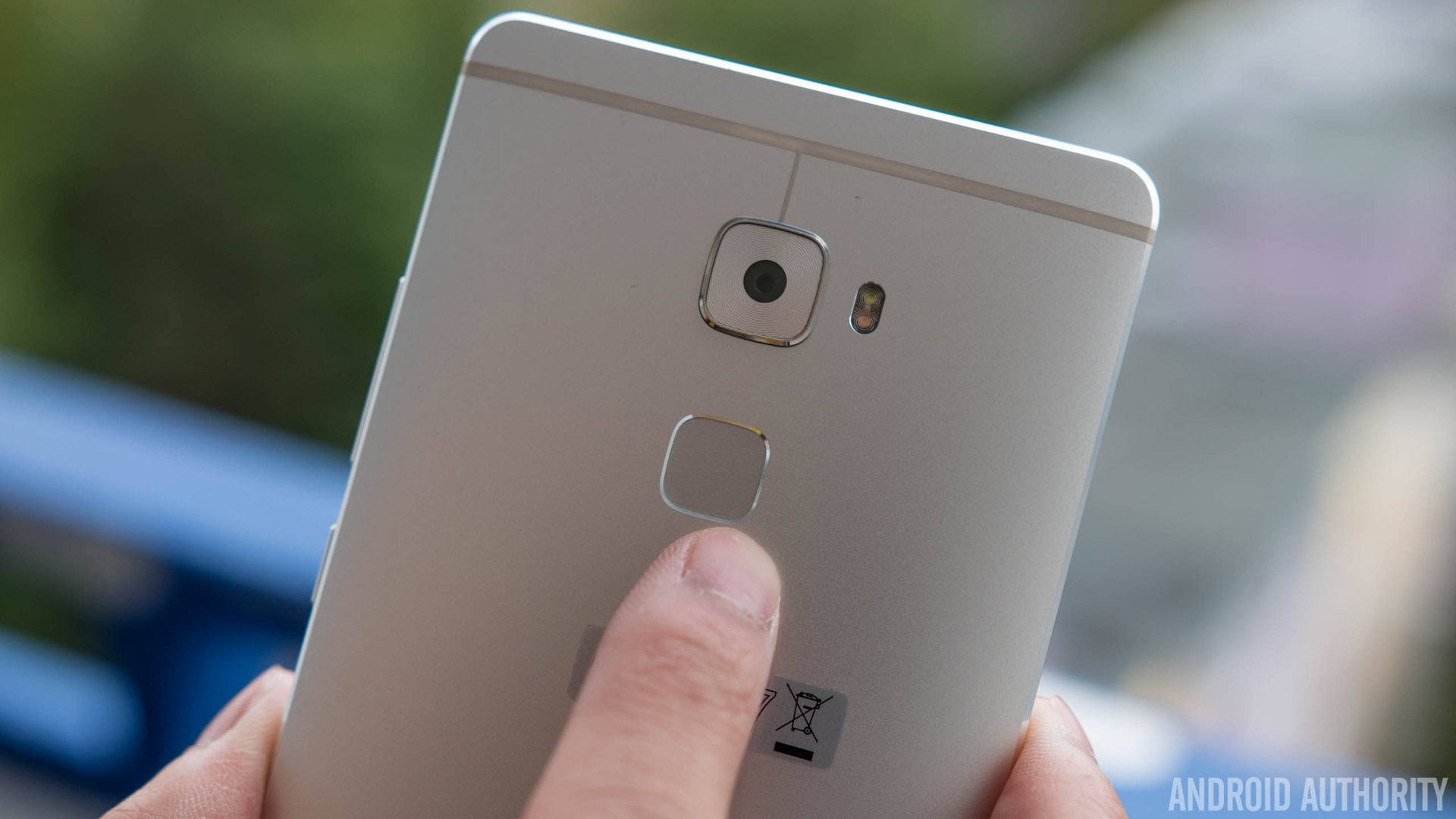
Using it is easy. You just need to register a fingerprint under Settings->Fingerprint ID, and then set which options and gestures you want activated (e.g. take photo, stop alarm and so on). I registered the index fingers from both my left and right hands, which means that I can pick the phone with either hand and just press the reader on the back to switch-on and unlock the phone.
Also, the sensor is not solely a fingerprint scanner, but it also supports swipe gestures. A swipe down pulls down the notification panel, touch and hold to take a photo, you can even use it to answer a call. You can also use it for apps like the gallery to swipe through your photos.
Moving on to the audio, the quality of the speaker itself is certainly quite good for a single speaker. It can go very loud, in fact almost too loud, I found that for listening to music I had to reduce the volume to almost half. But for those who like it loud, the good news is that even at the highest volumes the sound doesn’t distort.
As far as the battery is concerned, the Mate S packs a non-removable 2700 mAh unit, that allows for excellent battery life, with around five to six hours screen-on time during a typical day that involves watching videos, lots of internet browsing, responding to messages, and taking pictures.
I did some individual app tests using GameBench and you will be able to stream YouTube video over Wi-Fi for around 5.5 hours and play 3D intensive games for around 4 hours. The bottom line is that you will get a full day’s use from this battery without having to worry about how you have been using your phone.
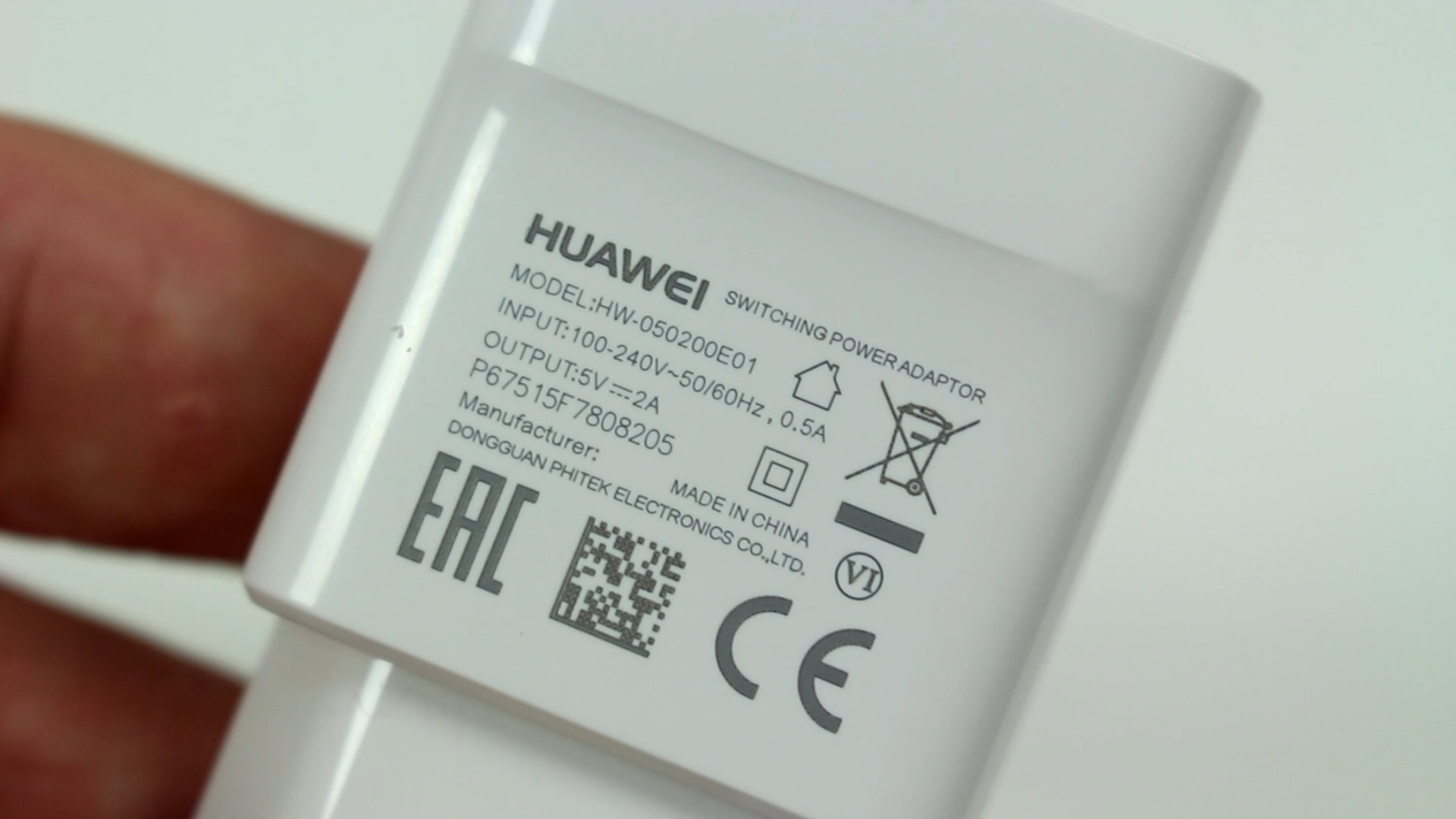
There is a little confusion about if the HUAWEI Mate S has quick charge functionality. At the launch event HUAWEI mentioned quick charge and even said that the device can be charged for just 10 minutes to make up to two hours of phone calls. However what is strange is that all quick charger technologies rely on using a voltage greater than 5V. The supplied charger with the Mate S is certainly not a quick charger and it is only rated for 5V output. I charged the phone from 3% to 100% using the supplied charger and it took 2 hours 15 minutes to reach full charge, and the voltage did not go over 5V.
However, if I charge the phone with a Quick Charge 2.0 adapter then the charge speeds are vastly improved.
Camera
The HUAWEI Mate S comes with a 13 MP rear camera that includes a 4-color RGBW imaging sensor and Optical Image Stabilization. Also, the camera housing is scratch proof thanks to sapphire protection.
The camera app includes some nice features to enhance the shots you can take like super night mode, panorama, HDR, and time-lapse. slow motion, a food mode to make pictures of food look more appetizing, and more. There is also a light painting mode, for long exposure shots. The built-in filters include car light trails, for capturing the trails of lights made by moving cars at night; light graffiti, for capturing trails of light in a dark environment; silky water, for silky smooth effects from running water; and star track, to capture the trails of stars and galaxies in the night!
Image quality is excellent and the camera is capable of taking some really good shots with a good amount of detail and saturated colors. As with most smartphone cameras, the best results comes from well-lit environments however, indoor and low-light shots from the Mate S are actually quite good. If there is one weakness it seems that the image processor reacts too strongly to bright red. If you look at the gallery you below you will see what I mean.
The handset is capable of videoing Full HD in 16:9 from both the front and rear cameras, however, as you would expect, OIS is only available via the rear camera. The 8 MP front-facing camera is coupled with a flash, which is more like a dim flashlight, but can be good to get a little bit of light into the shot. The quality of shots possible with the front camera is also impressive, with nice colors and lots of detail, but as expected, some graininess is seen in poorly-lit environments. There is a whole set of beauty mode features, so the selfie lover will not be disappointed by what can be achieved with a little bit of digital magic.
Here are some sample shots so you can see for yourself:
Software
The Mate S is running Android 5.1.1 Lollipop with the latest version of HUAWEI’s Emotion UI on top (EMUI v3.1). This is a deliberate choice by HUAWEI and gets rid of the app drawer, leaving you dependent on folders to keep things organized. Some people insist on a stock Android experience (only to install a custom launcher later, yes I know who you are), however personally, I found EMUI to be a joy to use.
The notification shade is divided into two sections – Shortcuts and Notifications. Although it would have been nice to have these two sections combined, the notifications section is quite nice with a little timeline on the left side keeping your notifications very organized. There is also a theme engine available to change the look and feel of the UI to better suit your liking.
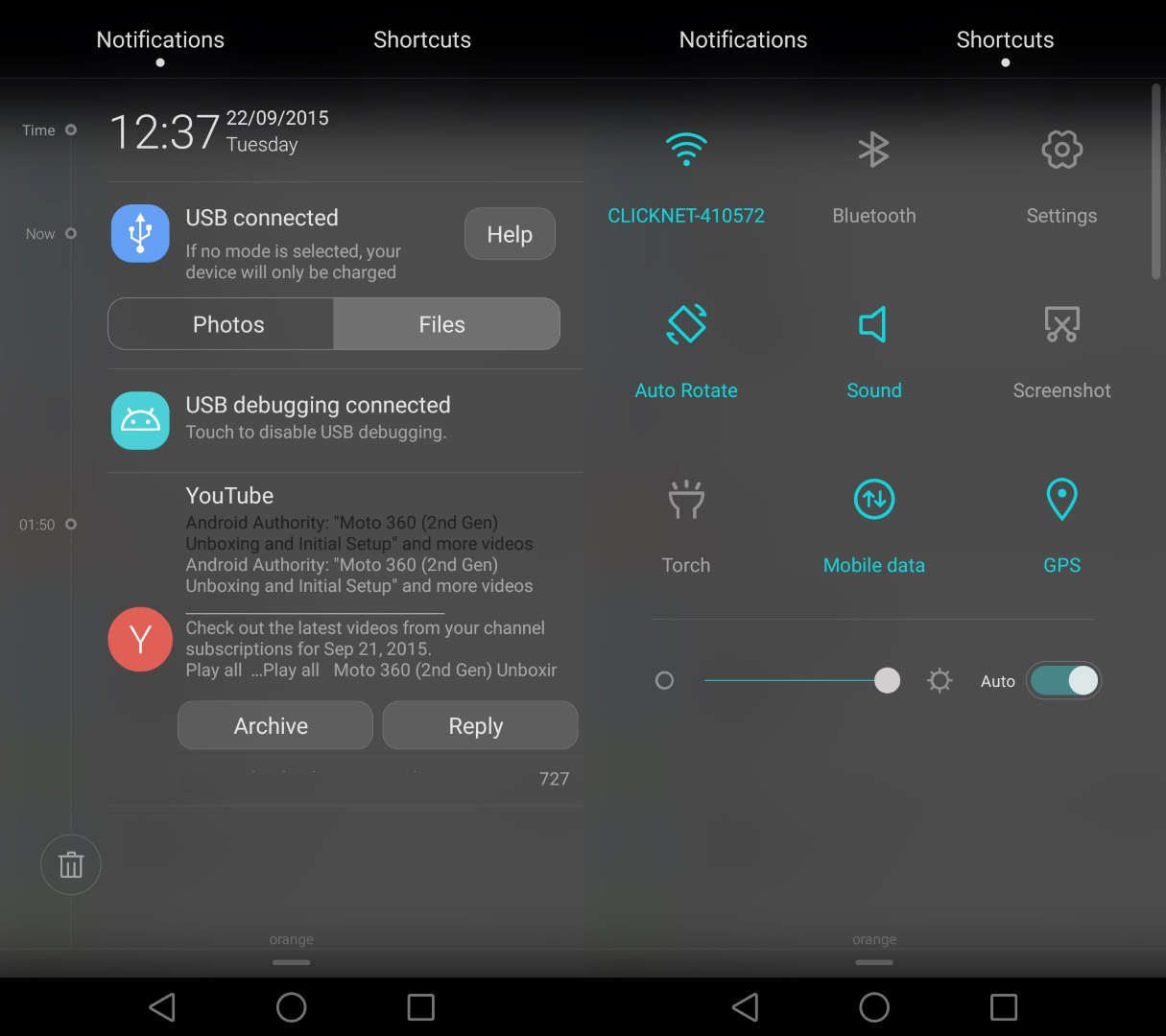
Besides the software to manage the fingerprint reader, there are a few other built-in bits of functionality. One is a simple always-on speech awareness system that allows you to place calls by saying “Okay emy, call joe”. Another is a set of motion controls like flip to mute and the Knuckle gestures. There is also a one-handed layout mode which temporarily reduces the size of the UI so that it is can be used with one hand. Finally EMUI has some support for dual-windowing, mainly for use with some of the stock apps like gallery, notepad, videos, and so on.
Overall, HUAWEI’s take on Android is certainly different from the stock experience, however it is very sleek and is well designed.
Specifications
| Display | 5.5-inch AMOLED display, 1080p resolution |
|---|---|
Processor | HiSilicon Kirin 935 (4 Cortex-A53 cores @ 2.2GHz + 4 Cortex-A53 cores @ 1.5GHz), Mali T-628 MP4 GPU |
RAM | 3GB |
Storage | 32GB, 64GB or 128GB. Expandable microSD up to 128GB |
Camera | 13 megapixel rear camera 8 megapixel front camera |
Battery | 2,700mAh |
Software | EMUI 3.1 based on Android 5.1.1 Lollipop |
Connectivity | GPS, Bluetooth 4.0, Wi-Fi 802.11b/g/n, NFC |